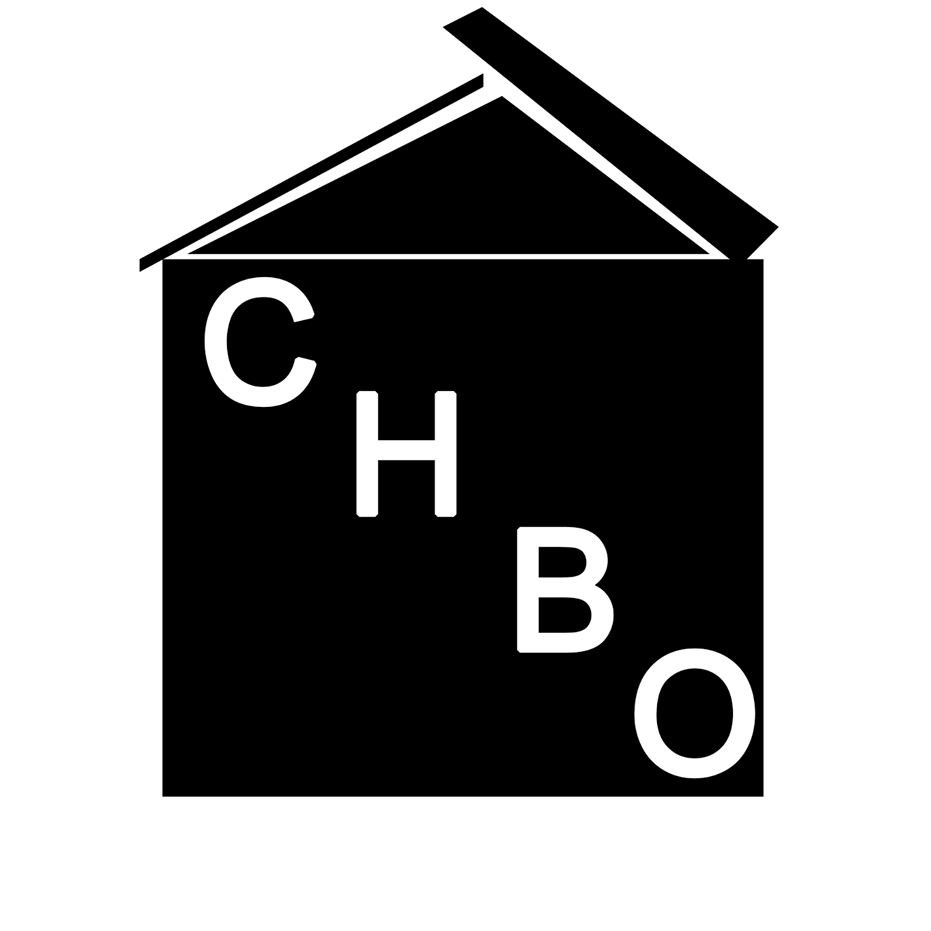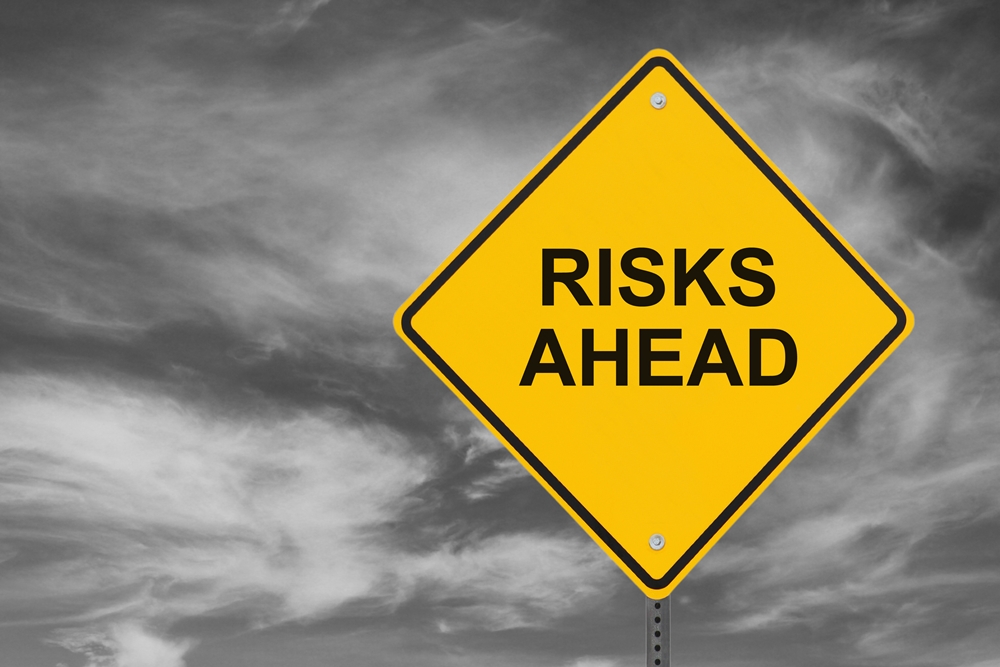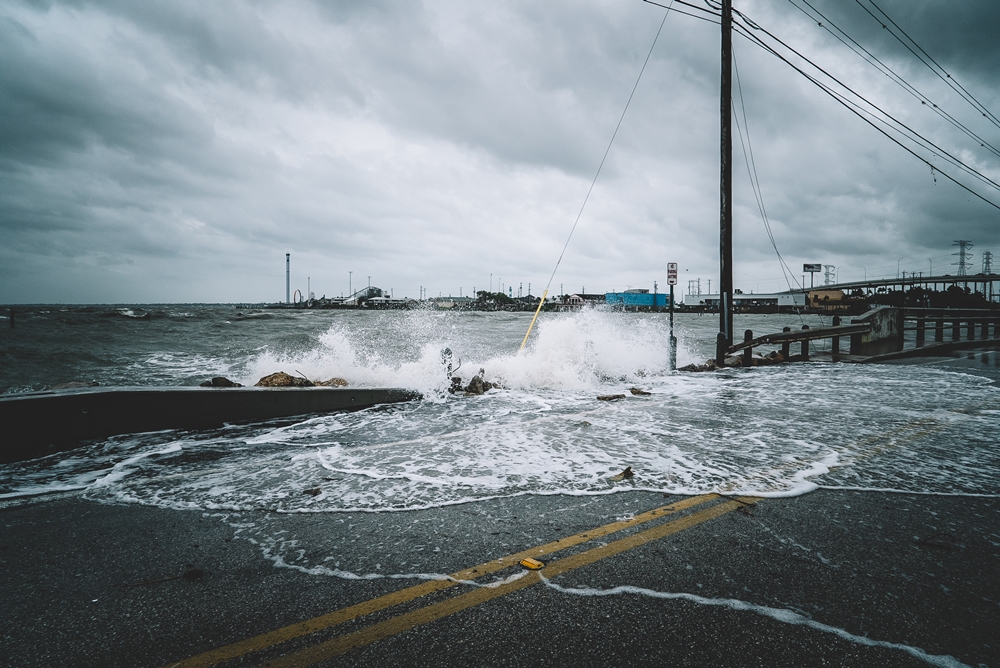Five Unexpected Weather-Related Risks to Your Corporate Rental Home.
 Admin
Admin
Published Date: 2019-07-01

Exposing a few of the hidden tricks up Mother Nature's sleeve
When considering insurance for your rental homes, you're likely concerned about coverage for natural disasters. It's important to know that some of the most common (and costly) home insurance claims aren't from the disasters you might suspect, like hurricanes, floods, or earthquakes. Keep the following unexpected weather-related risks in mind when selecting your policy, so that you can be better prepared in the long run.
Unexpected Risk #1: Hail
When thinking about tornadoes, many people don't think about the hail that usually accompanies them. Hail can also occur during other windstorms or thunderstorms, and the resulting damage can be devastating. More than half of all hailstorms have hail that's an inch in diameter or larger, and about 120 hailstorms are reported by each of the 48 contiguous states annually. Large, fast-falling hail can put holes in the hood of a car, so you can imagine the damage it could inflict on your rental home.

In addition to roof damage, hail can also take the paint off buildings and cars and crack or shatter windows. Furthermore, the damage it leaves behind can eventually create leaks. Pay close attention to a policy's hail deductible when selecting your coverage, and work with your agent to lower it as much as possible. Hail is one of the most common and costly issues for corporate housing insurance.
Unexpected Risk #2: Swelling and shrinking of soil
Due to heavy rains, drought, or a combination of the two, the soil beneath homes can swell or shrink along with changing weather conditions. The expanding and contracting can cause cracks in the foundation, which could eventually create leaks. Additionally, changes in the soil can cause issues with plumbing systems — potentially resulting in more leaks.
It's important to note that insurance typically won't cover issues caused by soil changes. If a home's foundation is cracked due to changes in the soil and then suffers a water leak, insurance likely won't cover the damage. Consider purchasing rental homes with stronger foundations or spending the extra money to upgrade the foundation during construction to avoid these issues.
Unexpected Risk #3: Termites and other pests
Warmer climates aren't just appealing to rental homeowners and their tenants — they're also appealing to termites and other pests. Aside from termites, homes in warmer climates also face intrusion from squirrels, raccoons, opossums, fire ants, and more. In addition to structural damage, these pests could also potentially cause damage to belongings, spoil food, or even cause injury to home inhabitants.
Bees are another threat — and not just in warmer climates. Rather, these pests come out during the warmer seasons. If bees manage to infiltrate a rental home, their hives (and the honey within) can cause just as much damage as the actual insects. Take note that home insurance typically does not cover damage caused by pest intrusion, so consider purchasing or constructing rental homes with stronger pest-resistant features.
Unexpected Risk #4: Ice dams
In areas with harsher winters, ice dams are a major concern. When the weather starts to warm up following a snow or ice storm, a home's roof doesn't warm evenly. The snow and ice in the gutters tend to stay frozen, as heat from the home's interior doesn't reach these areas, and the sun alone takes much longer to melt it down. The resulting blockade creates a dam, which in turn forces the trapped water on the roof to back up and seep under the shingles — potentially leading to serious water damage.
It's controversial whether damage due to ice dams will be covered by insurance or not, but it's safe to assume that it won't be. Some policies cover damage to the actual home dwelling but not to its contents. For rental homeowners in colder states, consider installing ice dam-prevention features.

Unexpected Risk #5: Hot, dry climates
On the opposite end of the weather spectrum, hot climates with particularly dry summers can cause serious damage to chimneys. The heat mixed with the dry air can cause metallic chimney caps to become brittle and cracked. Leaks may occur following summer rainstorms, and the water can in turn damage the molding around the mantle. Maintaining the chimneys in your rental homes is imperative to help prevent interior damage.
Paul Martin, CPCU, is an insurance professional for Trusted Choice with over 30 years’ experience in the field. Throughout his career, his mission has been to advance the insurance industry through education to be better equipped to serve the public.
Contact Us
For all inquires, please contact:
support@mychbo.com
504-708-2223




